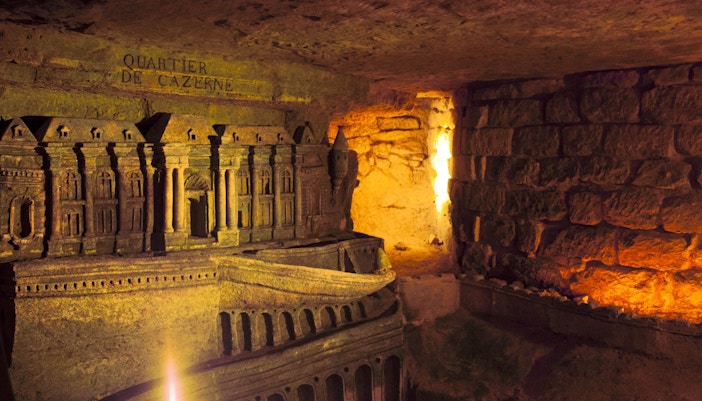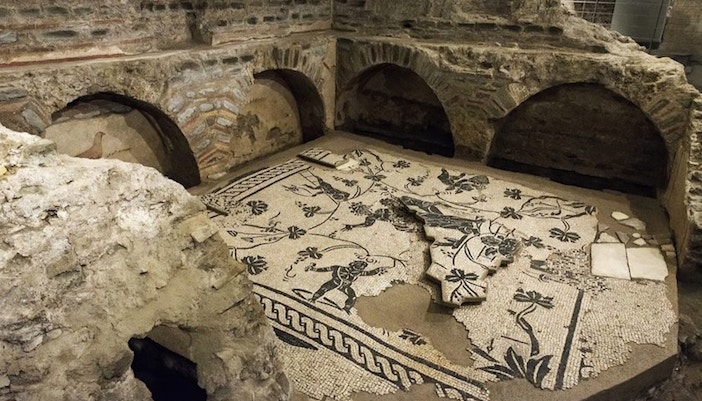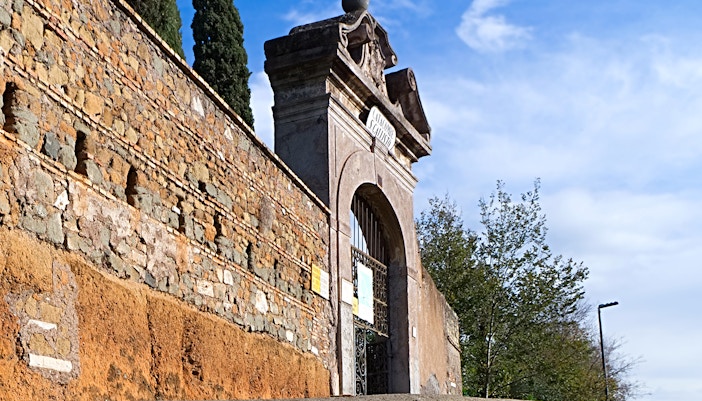Spreading over 400 miles (600 kilometers), the Roman Catacombs of Rome form an immense burial network. These catacombs, stretching beneath the city of Rome, are among the world's most expansive and intricate burial systems. Originally designed as resting places for Christians and Jews, they housed over 500,000 individuals, including early Christian martyrs, esteemed popes, and noble figures.
Roman Catacombs facts
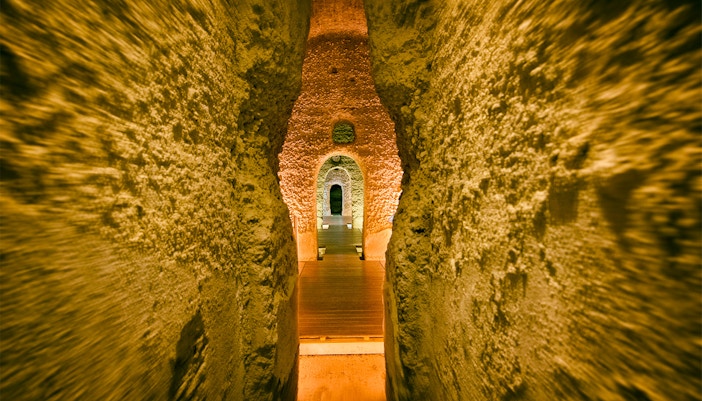
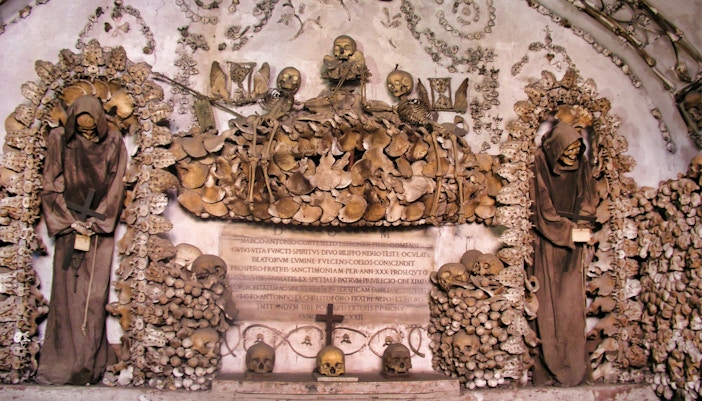
2. Not always a burial ground
While the Catacombs are primarily known as burial grounds, they were not always used for this purpose. They have served as hiding places for Christians during times of persecution, as well as a secret meeting place for early Christians to worship. During the Middle Ages, they also served as a pilgrimage site with people from all over Europe visiting the tombs of the martyrs and praying for their intercession.
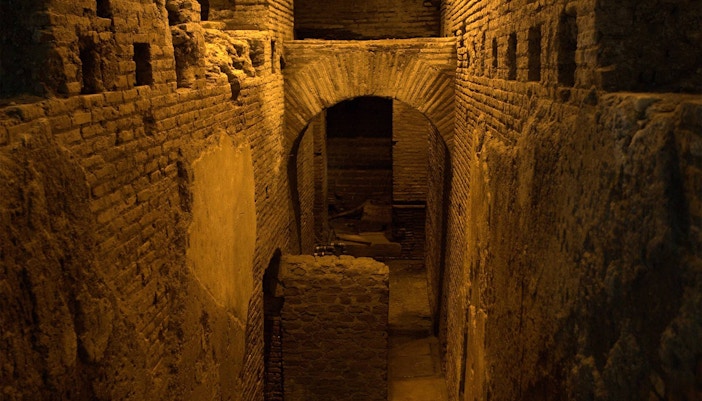
3. Made up of different levels
The Roman Catacombs are made up of different levels, with each containing a unique set of chambers and passageways. Some are as deep as 65 feet, with hundreds of rooms that form an intricate web of interconnected rooms. The harmonious convergence of these levels creates an architectural marvel, and exploring these levels provides a glimpse into the complexity and ingenuity of the catacombs' construction.
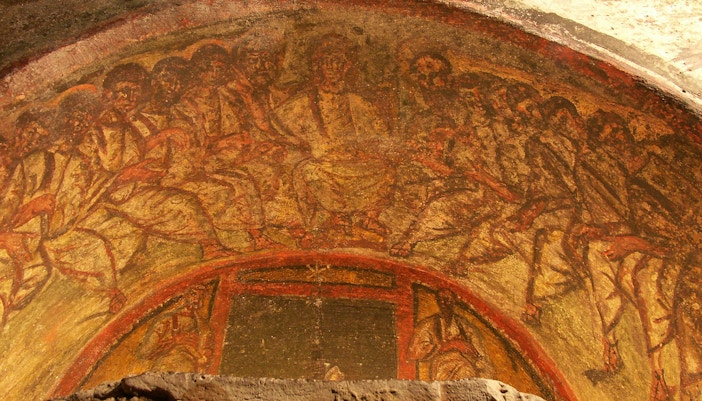
4. Early Christian art and symbols
The Roman Catacombs showcase many early Christian symbols, including depictions of fish and doves. You will also find Christian symbolism in the artworks, including paintings, sculptures, and inscriptions. These artworks depict biblical scenes, religious symbols, and early Christian beliefs, offering a window into their faith and culture.
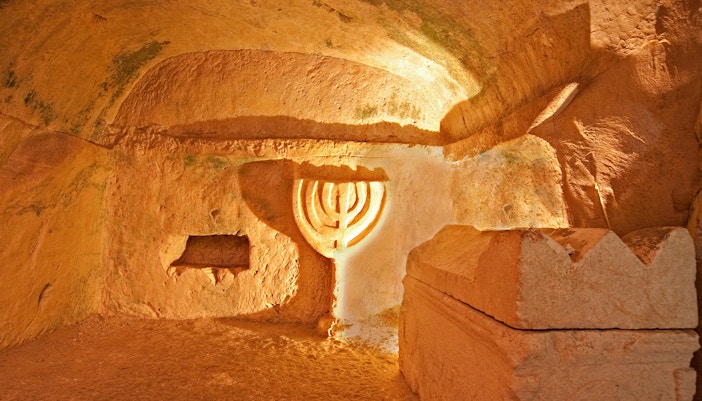
5. Not just Christian catacombs
Rome's catacombs are not solely Christian; the city is also home to six known Jewish catacombs. These Jewish catacombs, dating back to the 2nd and 3rd centuries, possess distinct signs and symbols that set them apart from their Christian counterparts. Although only two of these catacombs are accessible to visitors, they provide valuable insights into the Jewish heritage intertwined with the city's rich history.
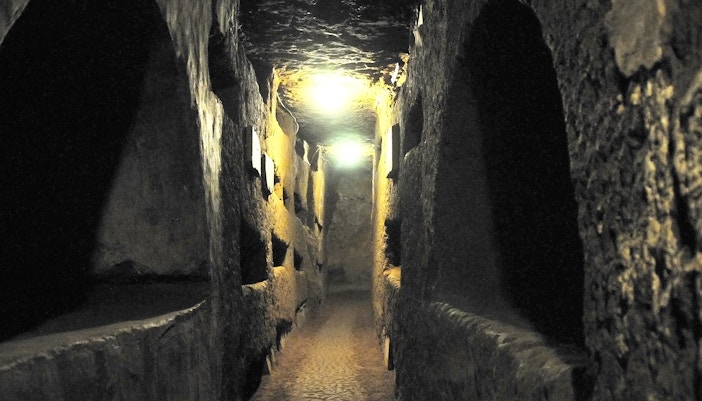
6. Resting place for Popes
The Catacombs are believed to be the resting place of many popes including St. Peter, who, according to tradition, was buried in a necropolis on Vatican Hill, near the site of the present-day St. Peter's Basilica. This sacred site has drawn countless pilgrims throughout the ages. Another prominent pope believed to be buried in the catacombs is St. Paul. The Catacombs of San Callixtus, often called the "Little Vatican," are considered the burial place of numerous popes, including Pope John Paul II and Pope Benedict XVI.
